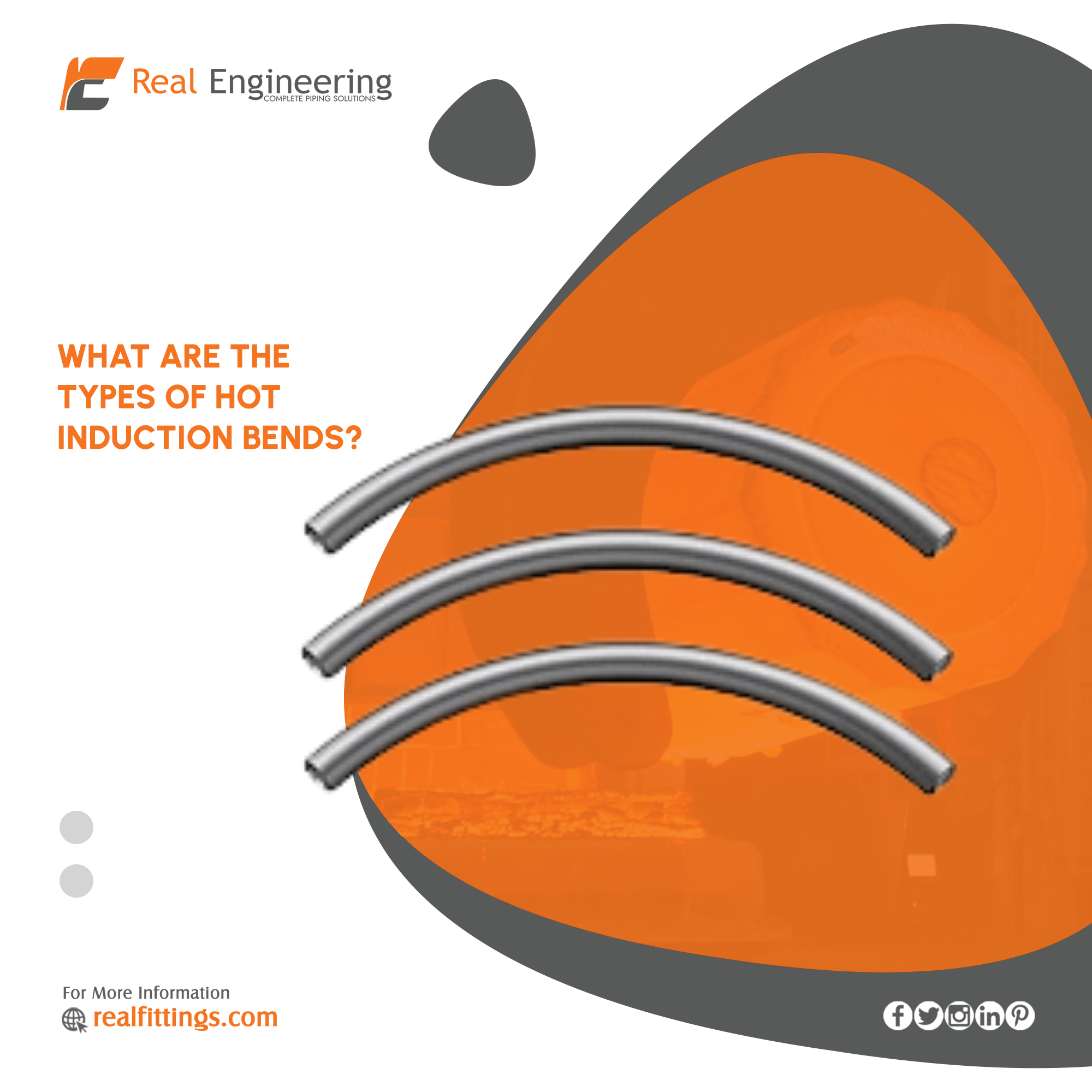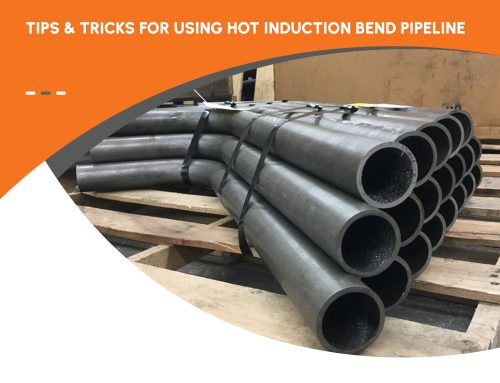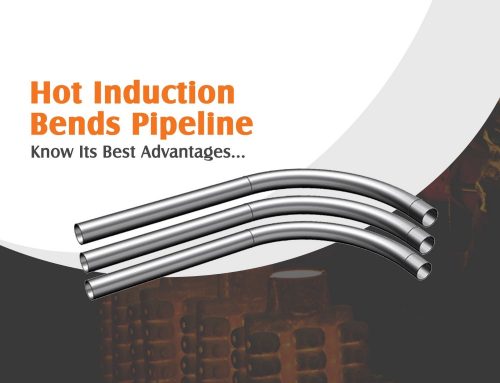Induction bends seem to be available in a range bend vantage points including such 90°, 60°, 45°, as well as 30°, as well as specially made bend vantage points. Hot Initiation Bend welding sides should be made in line with Astm standard B16.25.
3D, 5D, 6D, 7D, 8D, 9D 6 is an example of an initiation bend’s intersection radius “The alignment R of 5D is 5 x 6″ = 30” = 762.0 with Hot induction bends suppliers.
These Hot Induction Bends are produced in accordance with ASME B16.49, but some additional information is needed: seamless as well as welded, content, just without digression, volume, thermal treatment, for example 90° Steamy Bend, ASTM A234 WPB, SMLS R=5D 8 “SCH40, chamfer end, QT, digression length=150 mm at every end.
Benefits for the Hot Induction Bends
• Large radii for seamless flowing fluid.
• Straight substance is less expensive than standard elements (such as elbows), as well as gets bent could be generated quicker than simple geometric shapes can be fused.
• Elbows could be replaced with bigger radius curves where applicable, reducing the friction, wear, and crank energy.
• The amount of weldments in a system is reduced by induction bending. It means removing welds at crucial junctures (tangents) and increases the material’s capability of absorbing tension and expectations.
• Induction bends seem to be greater than constant wall layer elbows.
• Weld non-destructive laboratory tests, such as X-ray investigation, will be less expensive.
• The number of elbows and basic bends available can be drastically reduced.
• Improved access to raw materials. Sharp pipes are now more easily accessible than elbows or measurement approach, and curves are mostly less expensive and faster to produce.
• Only a few tools are required
• Induction bending is a safe procedure. The process requires no fluids, as well as the water used for refrigeration has been recycled.
Induction Bending is a methodology of having to bend pipes that employs local heating and broad bandwidth induced electricity supply.
Initially once had to reveal harden metals, induction innovation throughout pipe flexing consists essentially of an ignition coil swathed around the pipe to really be bent.
The initiation coil raises the temperature of a limited circular part of the pipe with between 850 as well as 1100 celsius. When the proper flexing air temperature is attained, the pipe has been slowly crept through the ignition coil while a fixed radius shoulder agreement applies the bending stresses.
Manufacturing of Induction Bends
In a factory, immersion gets bent have been founded by having to pass a duration of straight tube through with an inference machine. An initiation coil is used in this device to heat a thin strip of piping system. The pipe’s going to lead end is tightened to a pivot arm.
A bend with preferred inclination angle is manufactured even as pipe is tried to push through into the device. The hot substance just outside the ignition coil is slaked by spraying water here on pipe’s external exterior.
This same unheated pipe along either side limits the temperature increases of the limited heated piece of pipe, causing diameter suggests that financial on such trying to cool.
The process of initiation having to bend creates wall getting thicker on the mid span and shrinking just on extrados. The intensity of crusting is determined by the bending heat flux, the rate where the pipe is tried to push thru the induction coil, the location of the electromagnet comparative to the piping system (closer to the mid span or to provide), as well as other factors.
The majority of Hot induction bends suppliers bends have digression ends (plain segments) that really are unaffected by the initiation turning operation. Field welds or pipe pup segments are connected to an unaffected digression ends, enabling for a fit up comparable to that seen when soldering plain sections of piping system around each other.



